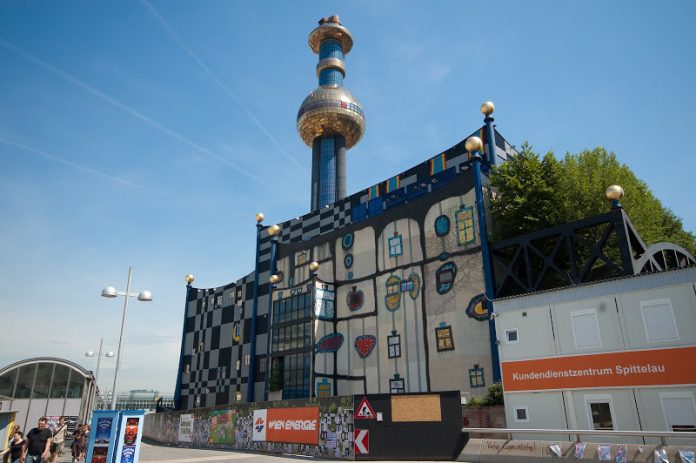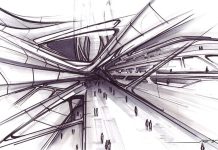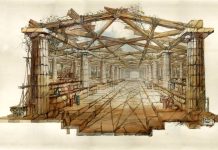In the urban interior, the relative independence of the spatial structure from the development of those elements of which it consists, acutely poses the task of harmonious and convincing connection into an ensemble of diverse, heterogeneous forms and objects. I.V. Zholtovsky, who thought a lot about “the relationship between unity and the multiplicity of its constituent parts,” argued that in an ensemble all parts are subordinate to the whole and “their shape, size and mutual arrangement give us a visual representation of the regularity that determines their relationship to the whole and to each other.”
At the same time, even if each element of the ensemble itself is a complete work of art, “it still will not be an organic member of the whole if its connection with the whole and other elements in the image is not perceived as definite, necessary and natural.”
In the above statements, it is necessary to emphasize some methodically important points:
a) subordination of parts is carried out through the connection of their formal geometric features (shape, size and mutual arrangement);
b) this connection must be “definite”, i.e. one that is understandable, noticeable to the viewer, which requires clarity of compositional constructions, elimination of accidental or unnecessary links and connections that interfere with the perception of the main thing, ultimately – the identification of this main thing by all architectural means; “necessary”, the destruction of which is equivalent to the destruction of the ensemble, means the breaking of a single chain of artistic impressions of a given space; “natural”, i.e. implementing stable connections of architectural volumes and spaces in structural stereotypes, proportional constants, compositional “formulas”.
Above, some of the regularities of the formation of architectural composition were shown: the separation of the components of the artistic structure into accentual and dominant forms, personifying the “static” and “dynamic” beginnings of the intensity of the composition, techniques of large-scale coordination of the environment, principles of achieving the integrity of the architectural solution. All of them can be presented in the form of “technical” techniques, conditionally separated from their substantive basis, used in the design process without connection with the specific purpose of the projected object.
Analysis of “typical” situations and variants of accent-dominant subordinations can be of particular help in solving the problems of converting a “set” into a “unity”. The characteristic forms of implementation of the relevant laws are seen in practical examples, both classical and modern, which should be divided into two circles – single solidly perceived objects and their discrete combinations.
The problem of choosing and further clarifying in the process of designing the leading compositional principle that binds the system of elements of the urban interior into an artistic whole is primarily reduced to the awareness of those roles that are intended by the architectural idea to the main components of the system – architectural masses and architectural space.




















